University of Campania Luigi Vanvitelli Introduction
The University of Campania - Luigi Vanvitelli, formerly known as the Second University of Naples, is a public research university located in the Campania region of Italy. Its main campus is located in Caserta, and it also has branches in Naples, Aversa, Capua and Santa Maria Capua Vetre.
Overview
Number of students: about 30,371 students.
Number of faculty: The student-faculty ratio is about 26.9:1.
History
The university was founded in 1991 to alleviate the student overcrowding problem of the University of Naples Federico II.
It officially began to operate independently on January 11, 1992, with nearly 19,000 students and 8 faculties distributed in 5 different campuses.
Founded in 1991.
School Strength
Faculty: It has a team of highly qualified teachers who have rich teaching and research experience in their respective professional fields and can provide students with high-quality education and guidance.
Research level: The school focuses on scientific research innovation, actively carries out various scientific research projects, and has achieved certain research results in multiple disciplines. For example, the ALS Neurology Center of its medical school is one of the leading institutions in Italy for the treatment of motor neuron disease.
International cooperation: Actively cooperate and exchange with other universities and scientific research institutions in the world, providing students with a broad international perspective and exchange opportunities, such as joining the Italian national government's PA 110 e Lodi initiative to provide degree qualifications for public officials, and also providing the Marco Polo Scholarship Program for graduates of Chinese universities.
Institutional nature
Public university.
Educational philosophy
Committed to providing high-quality education, focusing on cultivating students' innovative and practical abilities, emphasizing the close integration of academic research and teaching, so as to help students give full play to their potential and prepare for their future career development and social contributions.
Key laboratories and disciplines
Key laboratories: The school has a number of research centers and laboratories, such as some laboratories related to medicine, biology, environmental science, etc., which provide an important platform for the development of scientific research projects.
Advantageous disciplines: Medicine, law, economics, engineering, psychology, biology, physics, mathematics and other disciplines have certain strengths. Among them, the medical major ranks 301-400 in the clinical and health fields; the law major ranks 301+; the psychology major ranks 401-500, etc.
Faculty
The school has several colleges and departments, including the School of Architecture and Industrial Design, the School of Industrial Engineering and Information Engineering, the School of Civil Engineering and Related Engineering, the School of Mathematics and Physics, the School of Psychology, the School of Political Science, the School of Environmental Biological Sciences and Pharmacy, the School of Economics, the School of Medicine, the School of Law, the School of Literature and Cultural Heritage, etc.
Ranking
Ranked 801-1000 in the 2025 THE World University Rankings.
Expenses
Tuition: As a public university, undergraduate tuition is free, and a small registration fee is required each year, which is about 1000-2000 euros. The specific amount varies depending on the major and course.
Other expenses: including accommodation and living expenses. The cost of living in Campania is relatively moderate. The monthly living expenses of students are about 800-1000 euros, but the specific expenses vary from person to person, depending on personal lifestyle and consumption habits.
Campus environment
Geographic location: The main campus is located in Caserta, and other campuses are located in cities such as Naples, Aversa, Capua and Santa Maria Capua Vetre, all of which have rich historical and cultural heritage and active social and economic activities.
Teaching facilities: The campus is equipped with modern teaching facilities such as libraries and laboratories to meet the learning and research needs of students. The libraries of each campus are constantly increasing their service items to provide better learning and research support for students and faculty.
Campus buildings: The campus buildings have a unique charm. Some colleges and departments are located in historic buildings, such as the oldest university hospital in Naples, the First General Hospital, which is also on campus. These ancient buildings complement modern teaching facilities and create a strong academic atmosphere for students.
-
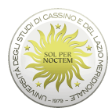
University of Cassino and Southern Lazio
-

University of Campania Luigi Vanvitelli
-
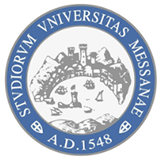
University of Messina
-

Libera Universita degli Studi Maria SS. Assunta di Roma (LUMSA)
-

University of Bari Aldo Moro
-
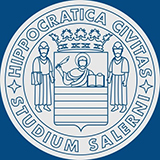
University of Salerno
-
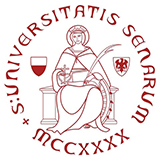
University of Siena
-
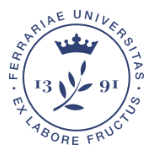
University of Ferrara
-
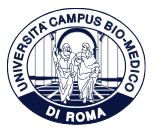
Campus Bio-Medico University of Rome
-

University of Genoa
-

Mesoamerican University
-

Istmo University
-

Mariano Galvez University of Guatemala
-

Regional University of Guatemala
-

Galileo University
-

Francisco Marroquín University
-

Rafael Landívar University
-

University of the Valley of Guatemala
-

University of San Carlos of Guatemala
-

Technological Institute of Tlaxcala Plateau
-

Golfo University
-

Technological University of South Sonora
-

Technological University of Huejotzingo
-

Tizimín Institute of Technology
-

Chilpancingo Institute of Technology
